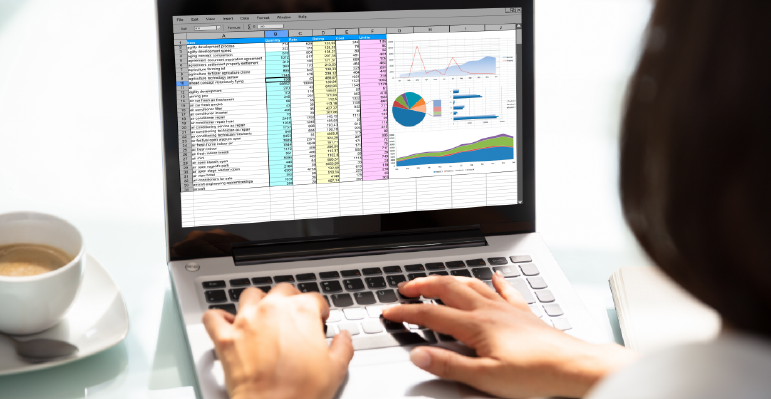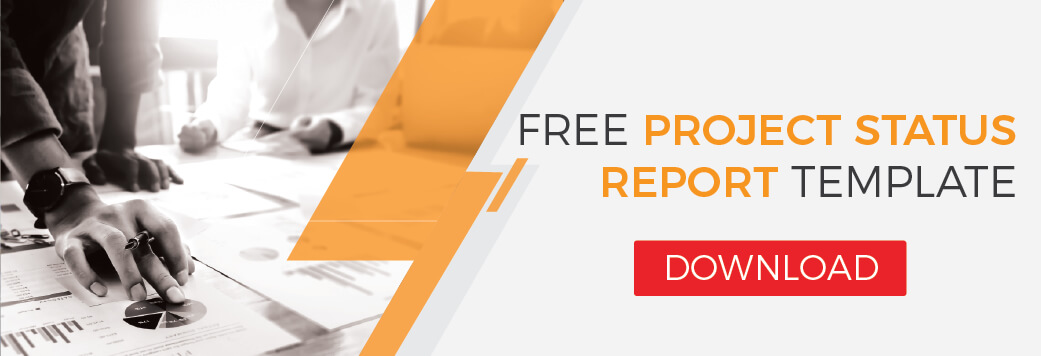Unseen data can play spoilsport to your project execution and delivery. Besides creating a communication barrier, it results in delayed responses to issues that have been flagged. A majority of the project-related decisions can be undertaken only when the manager is informed of the current status. This will further help them assign resources to skill-based tasks.
Documentation of the various activities is therefore considered to be a critical process for the project. As a part of the assessment stage, noting the level of progress, is mandatory before taking any decisions which affect the future of the project.
Using a tool at this stage helps to get the basics of project management, which can help you ease into a resourcing tool in the future.
Having said that, let’s take a look at the different parts of a project status report.

Project Status Report Particulars
An ideal project status report would include details of the different tasks to be completed as a part of the project. It should also have details of the different resources working on the project. This can include the department they’re attached to, billable skills and location of the project.
A good example of the project status report is the one which can answer which steps are to be taken in the future. Based on whether specific tasks are delayed or have been completed in time, better decisions can be taken for the future.
There are many versions of status report template available online easily. A simple search online would show that these templates are abundantly available. However, they might vary depending on the type of project that has been used for the template. For this reason, we have created a template which is adaptable to any kind of project.
With a precise recording of when and how the tasks are completed, it would help these stakeholders take better decisions in the long run.
The necessary parts of a project status report template include:
Task details
This is the list of detailed tasks and deliverables that are required to be completed as a part of the project. They may be divided into multiple stages, such as the conceptualisation, planning and activity stages. Tasks can also be aligned based on their priority so that the resources can be alerted. The priorities per task can be set from high to low, ensuring the right resources are deployed to keep track of timelines. The more detailed this section of the report is, the better will the project details be captured.
Planned dates
The planning stages of the project is extremely critical and of the most importance to managers, stakeholders, and even the clients. This is because it decides the actual timeline of the project, and highlights when the project will be completed. The planned starting and end dates would highlight the actual time for each task and sub-tasks to be completing, depending on the type of report.
Actual dates
These are the actual dates when different tasks are completed. They show the actual timeline for the tasks and when they are completed. Depending on the timeline of the project, you can opt for monthly, or even weekly status reports. When compared against the planned dates, it gives whether the project is on track or not.
Budget and expenditure details
This would include the expected and actual expenditure on the project. An expected figure is marked in the project management plan, which helps get an idea of the total cost of the project. As the project progresses, an expenditure overview can be made at every stage of the project. This would help in identifying whether estimates have been made correctly or not.
Task status
This would give a brief overview of the project task stages. Stages would ideally include whether the task has been completed, delayed, in progress, or has not started on time. This gives an indication of where the project bottlenecks are, and it can be avoided accordingly.
Owner and assigned resources
This would indicate who is in charge of the project stages. In case of any delays or queries, the person in charge can clarify questions for the different stakeholders. The assigned resources are the list of resources responsible for completing the tasks.
Project risk details
This is an important part of the project management status report. It would include a description of the different risks in the project. This would include a list of the key risks and dependencies, their probability, impact, details, and the person in charge of risk management. The estimated and actual dates for the project risks would help manage how much time was actually covered to complete the tasks.
This section can be populated in two different ways. Assumed risks to the project can be listed out with their expected probability and the impact it is going to create. Another way is to populate the section as the project progresses.
Keys and legends
The legend for the different categories will be highlighted in this section. This would include the different stages of project completion, risk probability, and the impact of the risks.
The project status template can be a useful reckoner to take stock of the progress of the project. It can especially be useful when there are complex projects to handle. However, issues may arise when you have many of these complex projects to handle.
It is in such cases that a resource management tool would come in handy. It would also help in maintaining a single interface among multiple stakeholders, leading to a unique information source.






